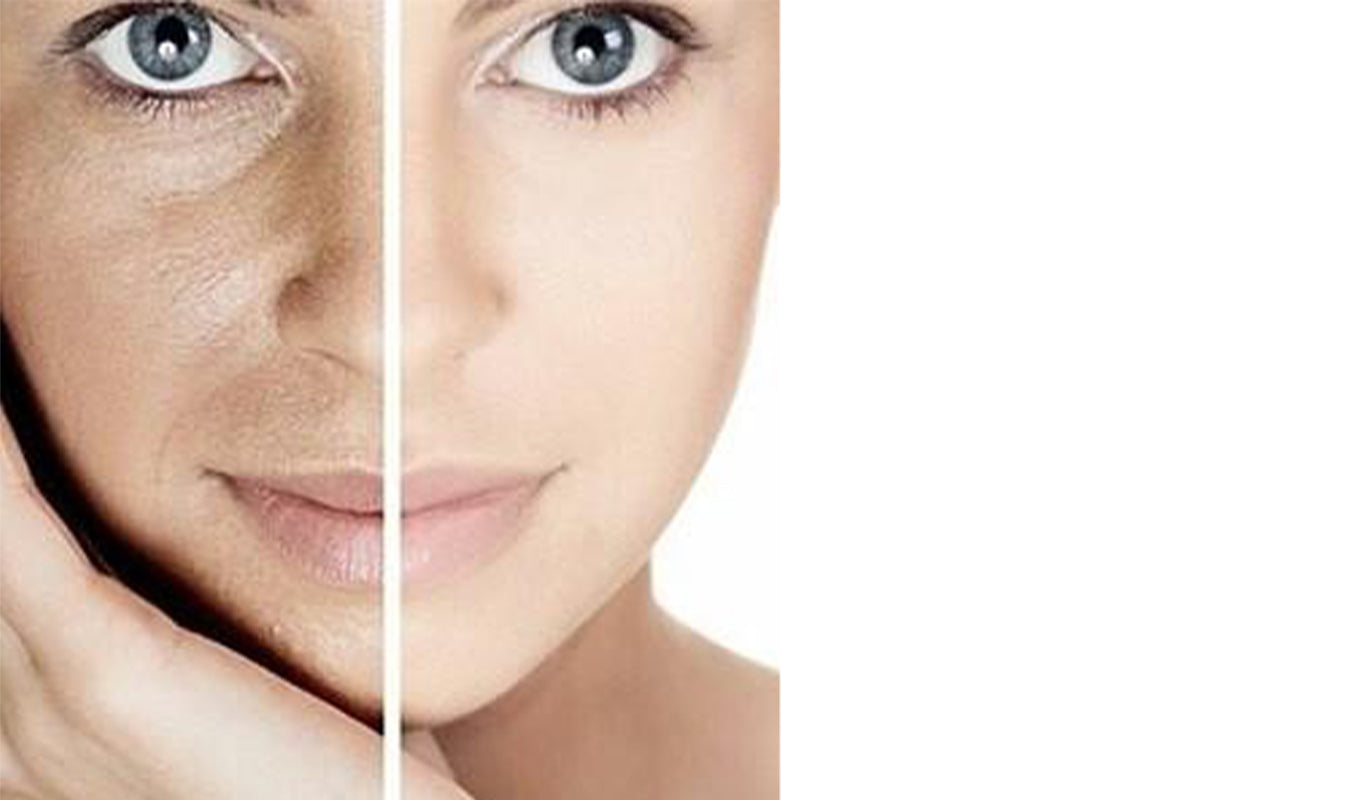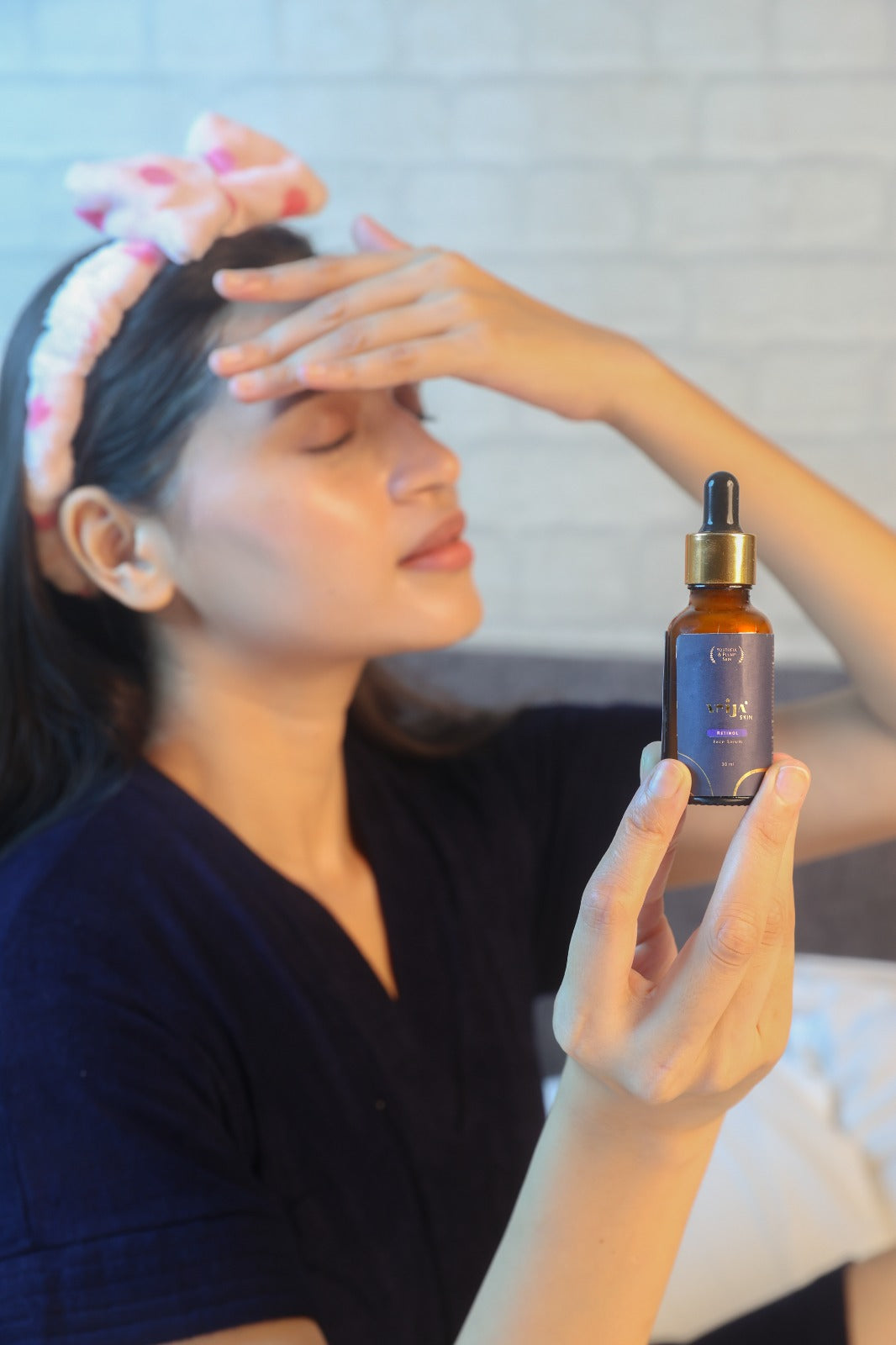
Dry and Dehydrated skin: what’s the difference?
Have you ever read the label of a skincare product that claims to work for both dry and dehydrated skin? Years of brainwashing have led us to turn a blind eye to the difference between dry and dehydrated skin. We think they are the same! Unfortunately (maybe fortunately), we are here to burst that bubble for you. Today, let’s tell apart dry and dehydrated skin.
TEWL vs SEBUM
Healthy functional skin has oil glands (or sebaceous glands) placed strategically in the deeper layers. These glands are usually found in association with hair follicles. This means that areas of your skin with dense hair growth are likely to have more oil glands beneath the skin (like the scalp). On the other hand, areas with fewer follicles will have fewer oil glands. These glands are known to produce an oily substance known as sebum, which is mainly composed of fatty acids, squalane, and wax.
The most superficial layer of your skin is the epidermis. It is further made of five different layers, the stratum corneum being the topmost of all of them. Skin cells are tightly packed to provide maximum protection from environmental aggressors, but still, have enough minute spaces in between them to allow moisture to escape the skin. This water loss is also termed ‘trans-epidermal water loss’ or TEWL. An adequate amount of TEWL maintains the healthy functioning of the stratum corneum.
Dry vs Dehydrated Skin
The first step to spot the difference between dry and dehydrated skin is to understand that dry skin is a skin type, and dehydrated skin is a skin condition. Dry and dehydrated skin can develop when there is an imbalance in sebum production and TEWL, respectively.
The causes of dry skin can be inherent (less oil production by oil glands and ageing), or it can be precipitated by environmental factors (over washing, medications, hot air, hard water). When your oil glands produce less oil than usual, your skin does not have all the essential oils that it needs. Skin becomes extremely taught, itchy, and the pores on your skin are almost invisible. This results in a dry skin type. It does not occur in patches, rather you’ll notice all the skin you have to be dry, flakey, and generally itchy. This includes the skin on your scalp, giving you more time in between washes. Symptoms of dry skin are aggravated in skin conditions like eczema and psoriasis.
When your skin loses too much water from the surface layers due to reasons like hot showers or having an inflamed barrier (think about the time you got a sunburn). According to various research papers, losing more than 85% water from the stratum corneum can have a detrimental effect on your skin cells and their protein filaments. Skin dehydration can also be a result of overall dehydration, which can be caused due to excessive fluid loss (vomiting and diarrhoea). Interestingly, dehydration does not discriminate between skin types. It affects dry skin as much as it will affect anyone with an oilier skin type. However, it is a fairly common predisposing factor for dry skin, especially in the winters. Thus, dry and dehydrated skin are intimately linked to each other.
How do we treat dry and dehydrated skin?
The key to recognize dehydrated skin is to scan your skin in front of the mirror. Look for dry patches, easily noticable fine lines, or easy wrinkling on pinching your skin. Your skin might feel tighter than usual, and you might notice a dull complexion and hyperpigmentation. Once you have recognized these signs, it is time to take action.
What would you do to correct dehydration? The answer is simple: you will drink more water! Treating dehydrated skin follows a similar route. In addition to drinking more water throughout the day, you must aim to get good hours of quality sleep. This aids in the repair and regeneration cycle of your skin. If you have an inflamed barrier (which increases TEWL), quality sleep aids in restoring barrier function. Moving on to your skincare routine, including gentle cleansers, a serum with humectants (such as hyaluronic acid and glycerine). Additionally, you can incorporate gentle acids like lactic or mandelic acid into your routine. Hyaluronic acid and ceramides can be a good save for dry skin too. For dry skin, make sure to moisturize it with ingredients such as shea butter, plant oils (coconut, jojoba, squalene).




